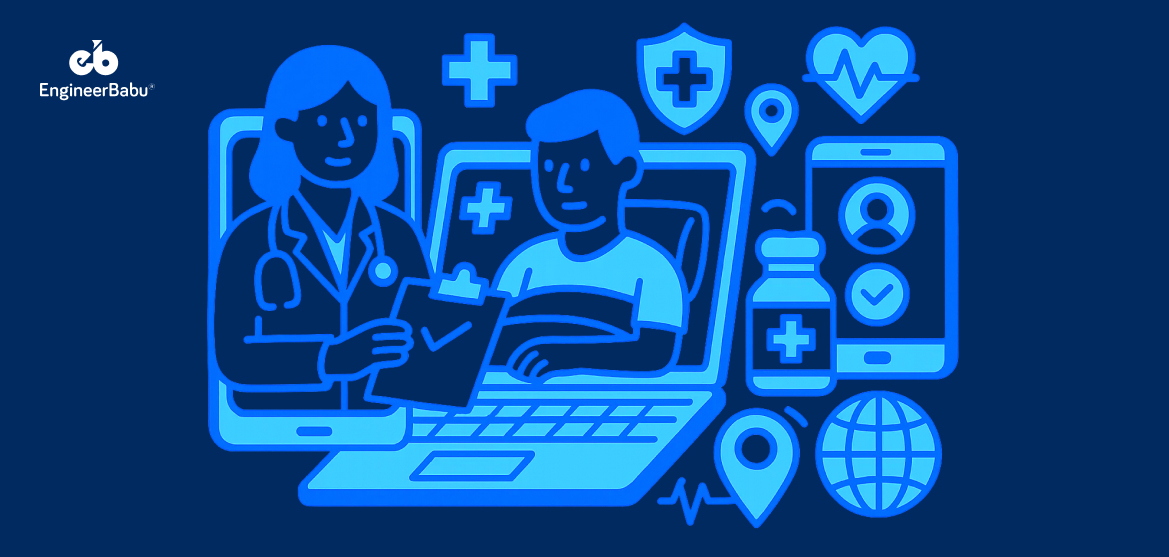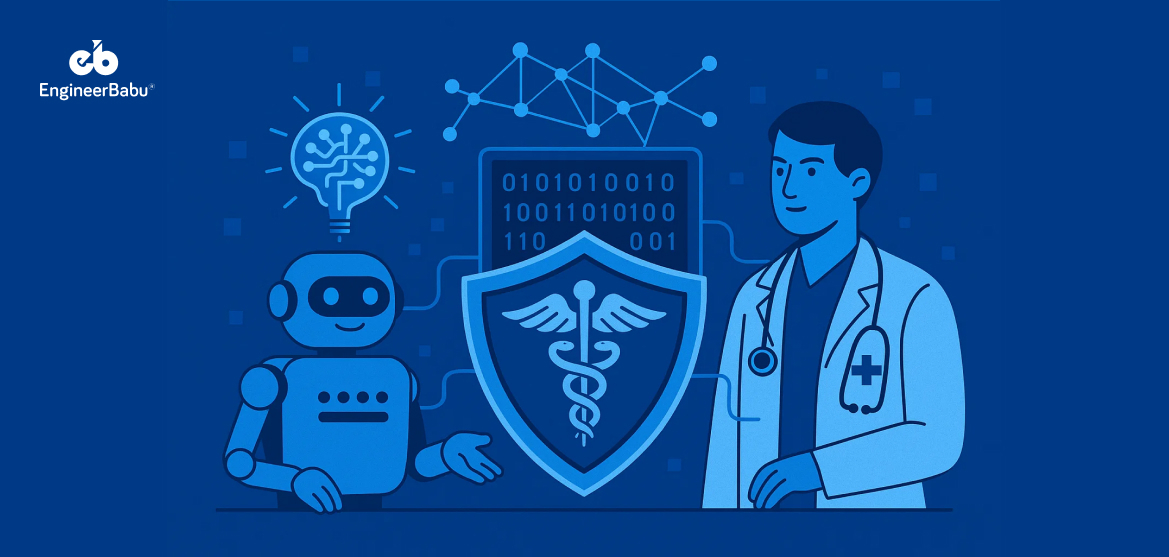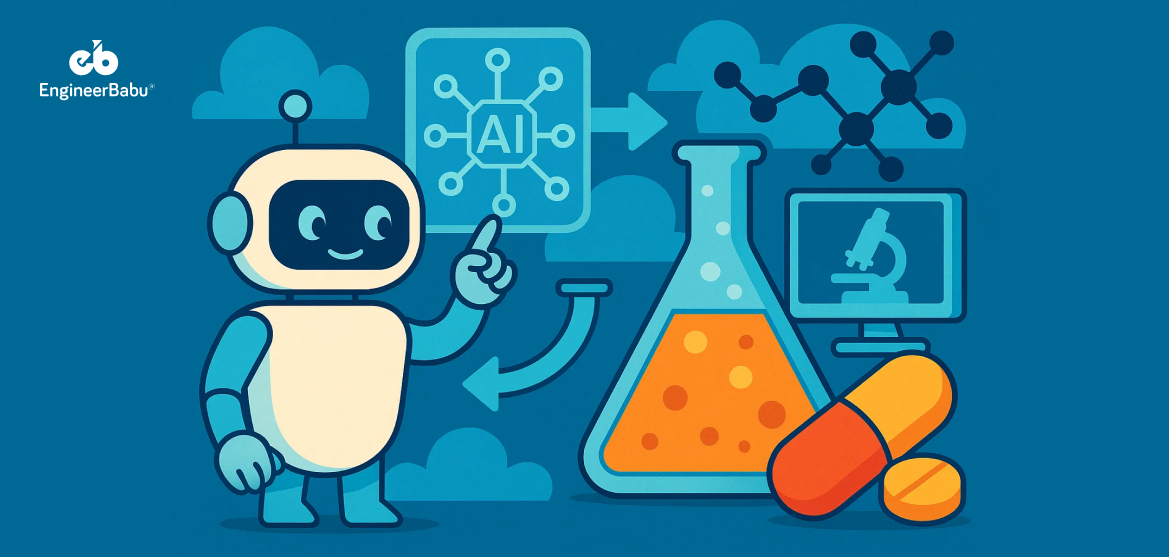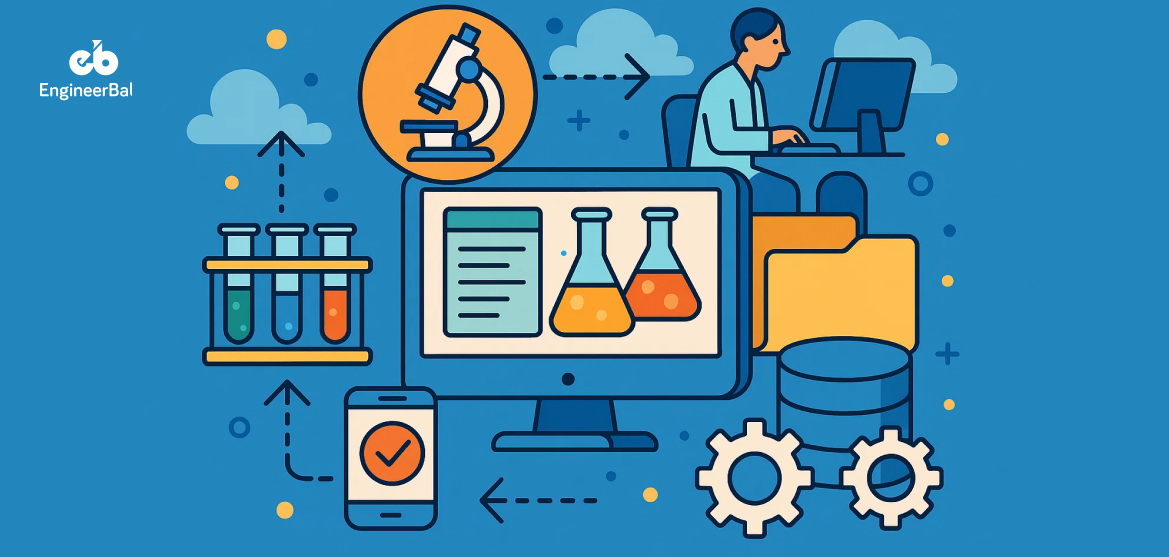“Healthcare shouldn’t be bound by four walls or business hours.” That mindset has fueled one of the most transformative shifts in modern medicine: the rise of telemedicine apps. No longer just a pandemic-era solution, telehealth is now a core pillar of healthcare delivery, used daily by millions of patients across the world.
In fact, telehealth utilization has stabilized at levels 38 times higher than before the pandemic, with 13 to 17 percent of all outpatient and office visits now conducted virtually.
But while the market is crowded, only a handful of telemedicine apps have truly nailed the formula. These platforms have earned patient trust, forged strategic healthcare partnerships, and built resilient, compliant systems that scale across borders.
In this article, we’ll explore real-life examples of such apps — the ones setting benchmarks, solving real problems, and redefining the doctor-patient relationship for the digital age. Let’s take a closer look at what success actually looks like in telehealth.
Why Telemedicine Apps Are Booming
Telemedicine apps have gained lasting traction due to their ability to offer on-demand care, bridge rural healthcare gaps, and align with evolving patient expectations. With strong backing from insurers and employers, and advancements in secure, mobile-friendly tech, virtual care has become a practical alternative to in-person visits.
Leading apps like Maple and Practo are already proving how scalable and impactful telehealth can be in delivering accessible, personalized care across regions.
Real-life Examples of Successful Telemedicine Apps
Some telemedicine apps stand out not just because of their user base or branding, but because they have solved specific problems at scale. Below are examples of platforms that have successfully combined medical expertise with technology, compliance, and user experience to create lasting impact.
1. Teladoc Health
Founded in 2002, Teladoc Health is a global leader in virtual care, operating across 130+ countries. It provides a wide range of services, from general medical consults to chronic condition management, mental health therapy, and dermatology.
Key Features:
- 24/7 access to certified physicians via app or web.
- Support for chronic care conditions like diabetes and hypertension.
- AI-powered health insights and triage.
- Global expert medical opinions (e.g., for rare diseases).
- Integrated with insurers and employers.
Why It’s Successful:
Teladoc’s success comes from its depth and versatility. It isn’t just a consultation platform. It’s a full-service virtual care ecosystem that works across time zones, specializations, and care needs.
Its strong B2B relationships with employers and insurers have driven consistent adoption, while its tech investments in AI and health data analytics enable more personalized care. The company’s ability to handle both acute and long-term health needs makes it a comprehensive solution for millions.
2. Amwell (American Well)
Amwell is a US-based telehealth company that serves both consumers and healthcare systems. It’s trusted by over 2,000 hospitals and more than 55 health plans. Unlike most consumer-facing apps, Amwell also operates as a white-label platform for hospital-branded virtual care.
Key Features:
- Support for urgent care, therapy, psychiatry, and nutrition counseling.
- EHR integrations for hospital workflows.
- Enterprise-ready infrastructure for payers and providers.
- Custom-branded telehealth services for hospitals.
- Synchronous video, asynchronous messaging, and multi-provider support.
Why It’s Successful:
Amwell’s edge lies in its enterprise-first approach. Instead of competing with hospitals, it powers their digital transformation. This B2B model has enabled rapid scalability and built long-term, embedded relationships.
The platform’s compliance readiness and deep integration with existing hospital systems make it an easy choice for healthcare networks transitioning to hybrid care delivery.
3. MDLive
MDLive, a subsidiary of Evernorth (Cigna’s health services division), offers virtual care across primary care, urgent needs, dermatology, and behavioral health. It serves both individuals and employer-insured populations.
Key Features:
- AI-powered patient intake and symptom checker.
- Real-time video consults with board-certified doctors.
- Prescription routing to retail and mail-order pharmacies.
- Strong integration with Cigna and other payers.
- HIPAA-compliant data architecture.
Why It’s Successful:
MDLIVE excels in efficiency. It delivers quick appointments (often within 15 minutes), an intuitive UX, and tight integration with insurance workflows. Its deep ties with health plans and retail pharmacies make the care process fast and affordable for users. The focus on behavioral health and dermatology also taps into high-demand specialties where traditional access is limited.
4. Practo
Practo is India’s most widely used digital health platform, offering video consultations, appointment booking, e-pharmacy, diagnostics, and digital health records.
Key Features:
- Over 25 language support for diverse user base.
- Verified listings for 100,000+ doctors across India.
- In-app access to lab tests and medicine delivery.
- AI-based health record system and symptom assessment.
- Integration with insurance and wellness plans.
Why It’s Successful:
Practo’s ability to localize healthcare — across language, geography, and affordability — is a major driver of its growth. In a country with vast healthcare disparities, it simplifies access to quality care across tier-2 and tier-3 cities.
The all-in-one platform approach (consultation + diagnostics + pharmacy + records) makes it indispensable for regular users. Its strategic partnerships with diagnostic labs and e-pharmacies boost convenience and stickiness.
5. Doctor On Demand
Doctor On Demand is a US-based app offering virtual urgent care, mental health therapy, and preventive checkups. It is frequently used through employer health plans and insurance networks.
Key Features:
- Transparent, pay-per-visit pricing with no subscription.
- Access to licensed psychologists and psychiatrists.
- Integration with employer wellness benefits.
- Real-time and scheduled consult options.
- Full-service prescription and lab order system.
Why It’s Successful:
Doctor On Demand’s transparency and mental health focus are key. Unlike many apps that hide pricing or push subscriptions, it allows users to pay per session. It’s also built trust by making high-quality mental healthcare more accessible at scale — a major gap in traditional systems.
Its alignment with employers has further boosted adoption, making it a top choice for workplace wellness.
6. Babylon Health
Babylon is a UK-based digital health company offering AI-driven symptom checking, virtual consultations, and health tracking tools. It partners with public health systems and private insurers.
Key Features:
- AI chatbot for symptom triage and risk scoring.
- Access to NHS doctors for UK-based users.
- Longitudinal health monitoring via wearable sync.
- Care plans for chronic disease management.
- Scalable API-driven architecture for global deployment.
Why It’s Successful:
Babylon stands out for its data-first approach. It uses AI not just for triage, but to predict future risks and support preventive care. Its integration with national healthcare systems (like the NHS) shows how private tech can enhance public healthcare delivery.
Babylon’s tech stack also allows for global deployment, helping it expand into Africa, Asia, and North America without starting from scratch.
7. Maple
Maple is a leading Canadian telehealth platform offering 24/7 access to licensed doctors across primary care, pediatrics, mental health, and specialty consults.
Key Features:
- On-demand virtual visits within 2 minutes.
- Bilingual support (English and French).
- Prescriptions sent directly to the pharmacy or delivered.
- Integrated with employers, insurers, and government programs.
- Optional in-app health monitoring tools.
Why It’s Successful:
Maple’s speed and simplicity make it highly appealing. It solves a huge access issue in Canada where primary care wait times are notoriously long.
The platform’s tight pharmacy integration reduces care friction, and its partnerships with employers and government initiatives help it scale responsibly. Maple has also earned user trust through high-quality care and strict privacy compliance.
Build Your Own Telemedicine App with EngineerBabu
If you’re inspired by the success of these platforms and are exploring the possibility of building your own telemedicine app, partnering with the right tech team is critical. EngineerBabu has worked with healthcare startups, hospitals, and enterprises to develop secure, scalable telehealth platforms tailored to real-world needs.
From HIPAA-compliant video consultation modules to AI-powered symptom checkers, the team at EngineerBabu has hands-on experience designing features that align with medical workflows and patient expectations. They understand the nuances of telemedicine app development— whether it’s integrating with EHR systems, managing e-prescriptions, or ensuring multi-device compatibility.
What sets them apart is their focus on usability and compliance. Instead of offering cookie-cutter solutions, they work closely with founders and clinicians to build custom apps that are reliable in high-pressure environments.
Conclusion
The success stories of platforms like Teladoc, Amwell, Practo, and Babylon show that when healthcare is made accessible, efficient, and user-centric, adoption follows naturally. These apps didn’t just digitize doctor visits; they reimagined care delivery for a connected world.
What unites them is a deep understanding of patient needs, solid infrastructure, regulatory alignment, and a strong feedback loop between tech and clinical workflows. There’s a lot to learn from these platforms if you’re planning to build your own telemedicine app.
Building a platform that delivers clinical impact at scale is challenging, but with the right approach and technology, it’s more possible than ever.
FAQs
1. What makes a telemedicine app successful?
A successful telemedicine app prioritizes user experience, data security, and clinical effectiveness. Features like real-time video consults, EHR integration, AI-based symptom checkers, and a seamless prescription process are key. Long-term success also depends on scalability, compliance with healthcare regulations, and strong provider-patient trust.
2. Are telemedicine apps only for large hospitals or insurance companies?
Not at all. While enterprise adoption helps scale, many successful apps started as niche solutions — like mental health therapy or rural primary care — and gradually expanded. Startups and small clinics can also launch telehealth services by focusing on specific patient pain points.
3. What compliance standards should a telemedicine app meet?
This depends on your target market. In the U.S., HIPAA compliance is critical for protecting patient data. In Europe, GDPR applies. In India, Digital Information Security in Healthcare Act (DISHA) is relevant. Following regional compliance ensures legal safety and user trust.
4. How much does it cost to build a telemedicine app?
Costs vary widely based on scope and complexity. A basic MVP might cost between $20,000 and $50,000, while a full-featured platform with AI, EHR, and multi-specialty support could exceed $100,000. Customization, integrations, and compliance add to development time and cost.
5. Can I integrate wearables and remote monitoring tools into a telehealth app?
Yes. Most modern telemedicine apps integrate with devices like fitness trackers, glucometers, and blood pressure monitors. These integrations help clinicians track patient vitals remotely and personalize care plans based on real-time data.




